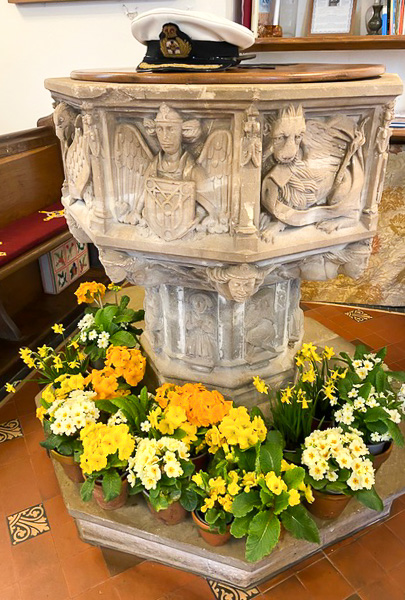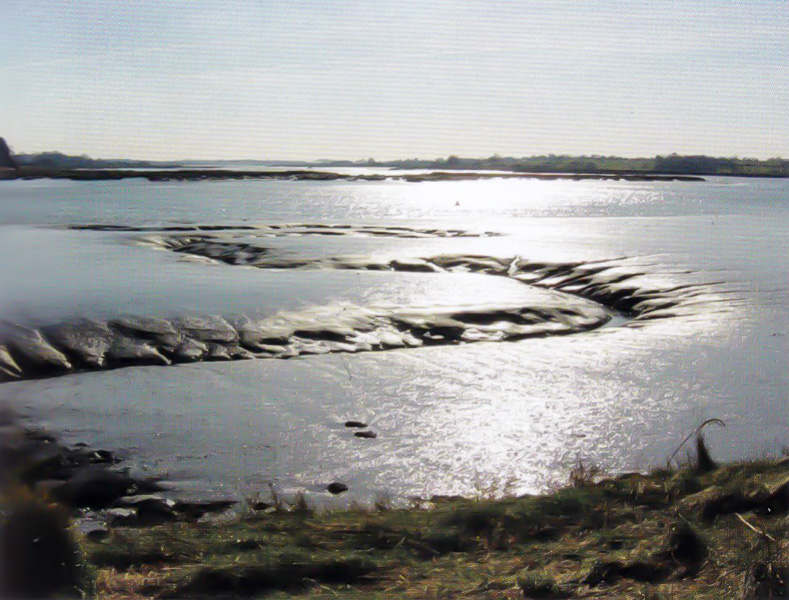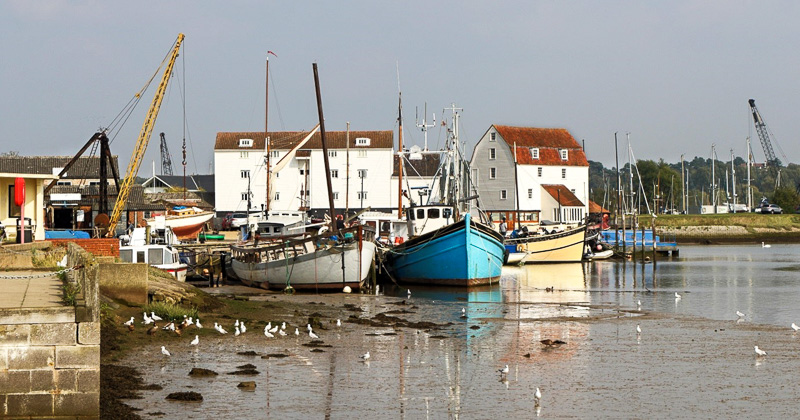by Claudia Myatt
Every spring and early summer there is a conversation between River Deben sailors that goes something like this:
‘Have you been over the bar yet?’
‘No, but I’ve got the chartlet, hoping to go round to the Orwell next weekend’
‘What’s it like this year?’
‘Shifted a bit in that storm I hear – quite narrow now. Wouldn’t risk it until after half tide with my draft’
‘Deepest water is usually close to the beach but the tide runs hard there….’







